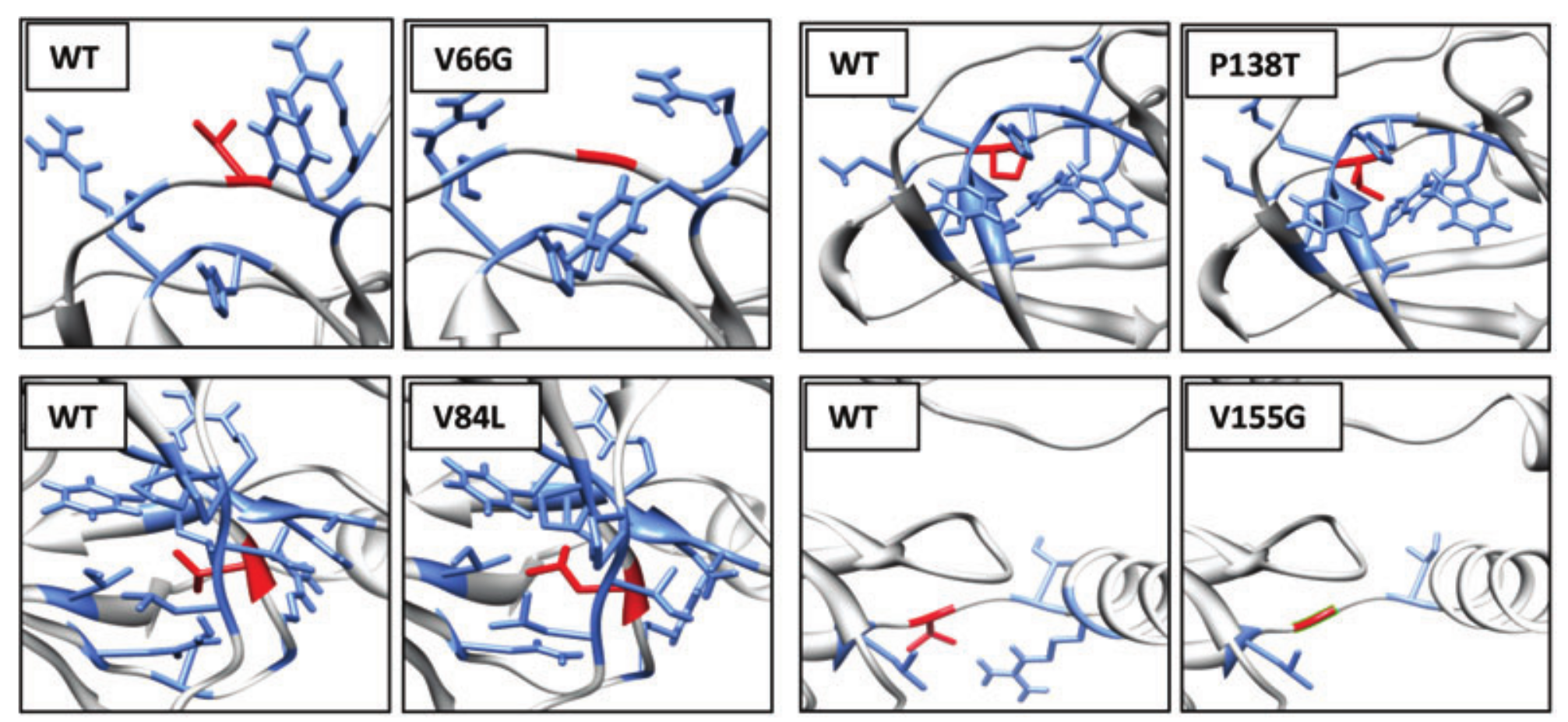Active
-
DOME
—
by
DOME is a set of community-wide recommendations (ref paper nature methods) for reporting supervised machine learning-based analyses applied to biological studies. In the form of questions, the DOME recommendations are divided into four sections: data, optimization, model and evaluation. It’s considered as the minimal requirement for an author to take on consideration while writing a…
-
IDPs Infrastructure
—
by
At the BiocomputingUP Lab at the University of Padova, we have established a comprehensive infrastructure and a range of services dedicated to the study of intrinsically disordered proteins or regions (IDPs/IDRs). These proteins exist and function without a well-defined three-dimensional structure, resulting in limited conservation at the sequence level. To address the challenges posed by…
-
Targeting undruggable intrinsically disordered regions in childhood malignant neoplasms
—
by
We are dedicated to advancing the understanding of undruggable proteins and their role in cancer. Our research focuses on a specific category of proteins that lack stable drug-binding pockets, making them challenging to target effectively. In particular, we investigate intrinsically disordered proteins (IDPs) and regions (IDRs), which are characterized by their lack of a fixed…
-
von Hippel-Lindau (VHL) Tumor Suppressor
—
by
Inactivation of the VHL tumor suppressor gene is linked to the development of several different tumor types in humans, including hemangioblastomas of the retina and central nervous system, clear cell renal carcinoma, pancreatic cysts, pheochromocytoma. Biochemical studies revealed that pVHL interacts with several different proteins serving as a multipurpose adaptor protein that engages in multiple…
-

Cancer and Bioinformatics
—
by
Cancer is a complex and often devastating disease that arises from the uncontrolled growth and spread of abnormal cells in the body. As a multifactorial disease, cancer genesis is known to be influenced both by alteration of the genome and the environment. It can virtually affect any tissues of the body and is characterized by…
-
Protein Function
—
by
Where we are actively engaged in the exciting field of function prediction for proteins. Our research in this area focuses on the development and implementation of advanced methodologies to predict Gene Ontology (GO) terms from protein sequences. One of our notable contributions is the INGA method, which leverages multiple sources of information to generate consensus…
-
Repeat Proteins
—
by
Tandem Repeat Proteins (TRPs) are proteins characterized by repetitive amino acid sequences, which have been the subject of extensive research for over two decades. Various authors have attributed distinct features related to sequence, structure, function, and evolution to these proteins. However, many prominent characteristics become apparent only when examining specific subclasses of tandem repeats. Our…
-
Residue interaction networks
—
by
Proteins, as large macromolecules, exhibit intricate three-dimensional structures and dynamic motions that enable them to perform various cellular functions. These functions rely on non-covalent interactions, which contribute to the stability of folded structures, facilitate interactions with other molecules, and play vital roles in molecular communication, such as allosterism and signaling processes, often mediated by transient…
-
Protein aggregation
—
by
The formation of amyloid aggregates upon protein misfolding is related to several devastating degenerative diseases. We developed PASTA to predict the propensities of protein sequences to aggregate into amyloids. These propensities represent the presence of aggregation hot spots stabilizing pathological interactions, the establishing of cross-amyloid interactions between co-aggregating proteins and the stability of the amyloid…

